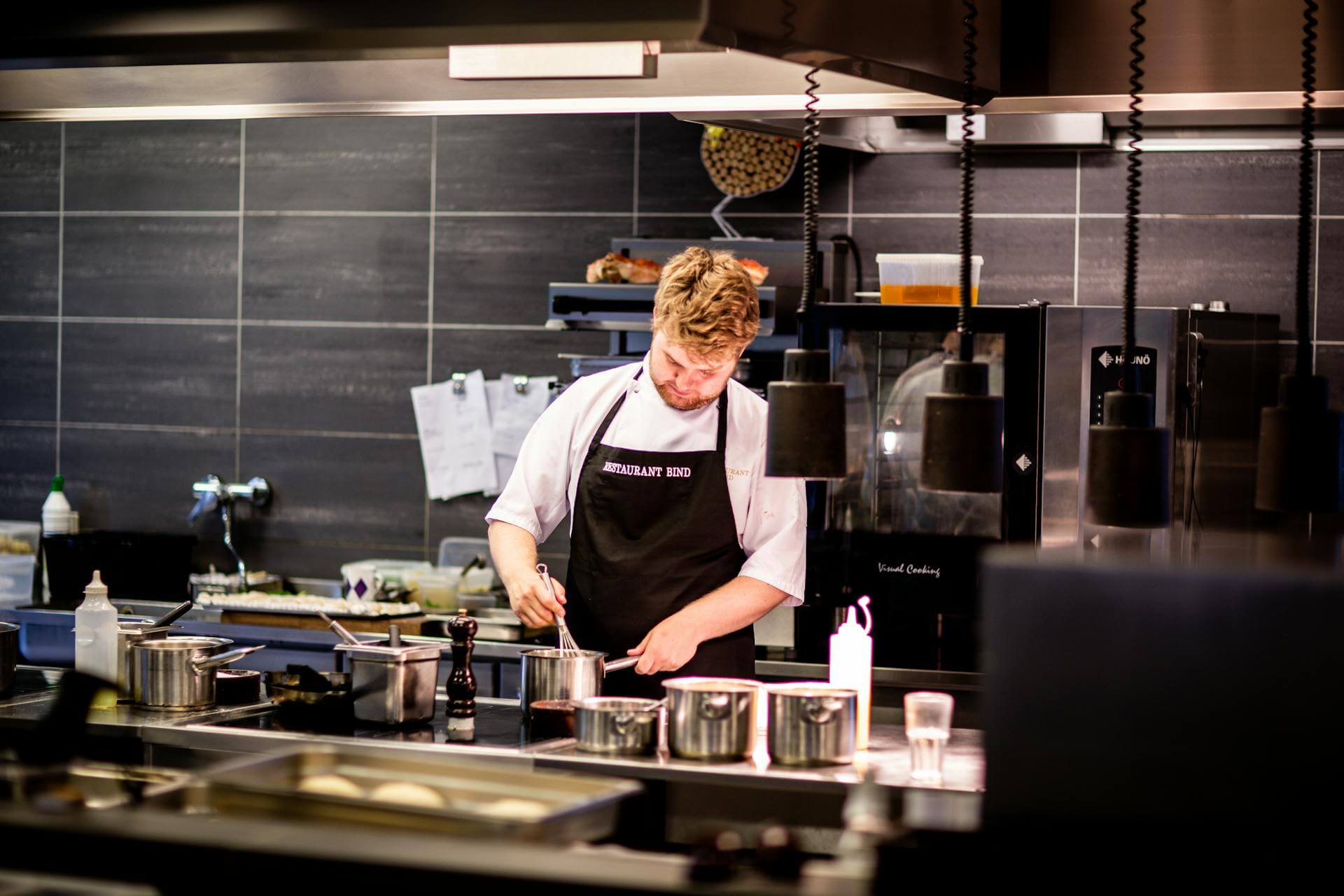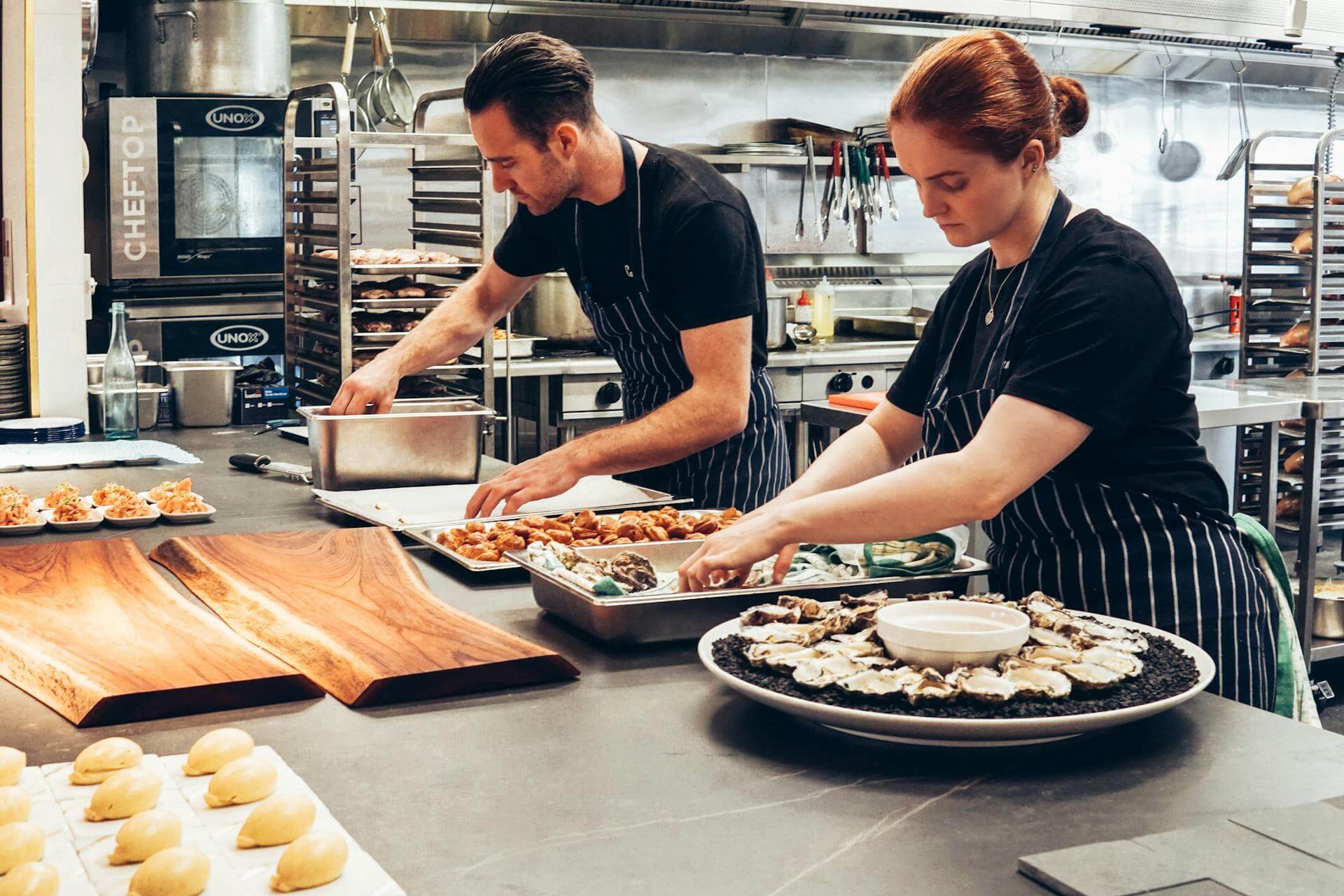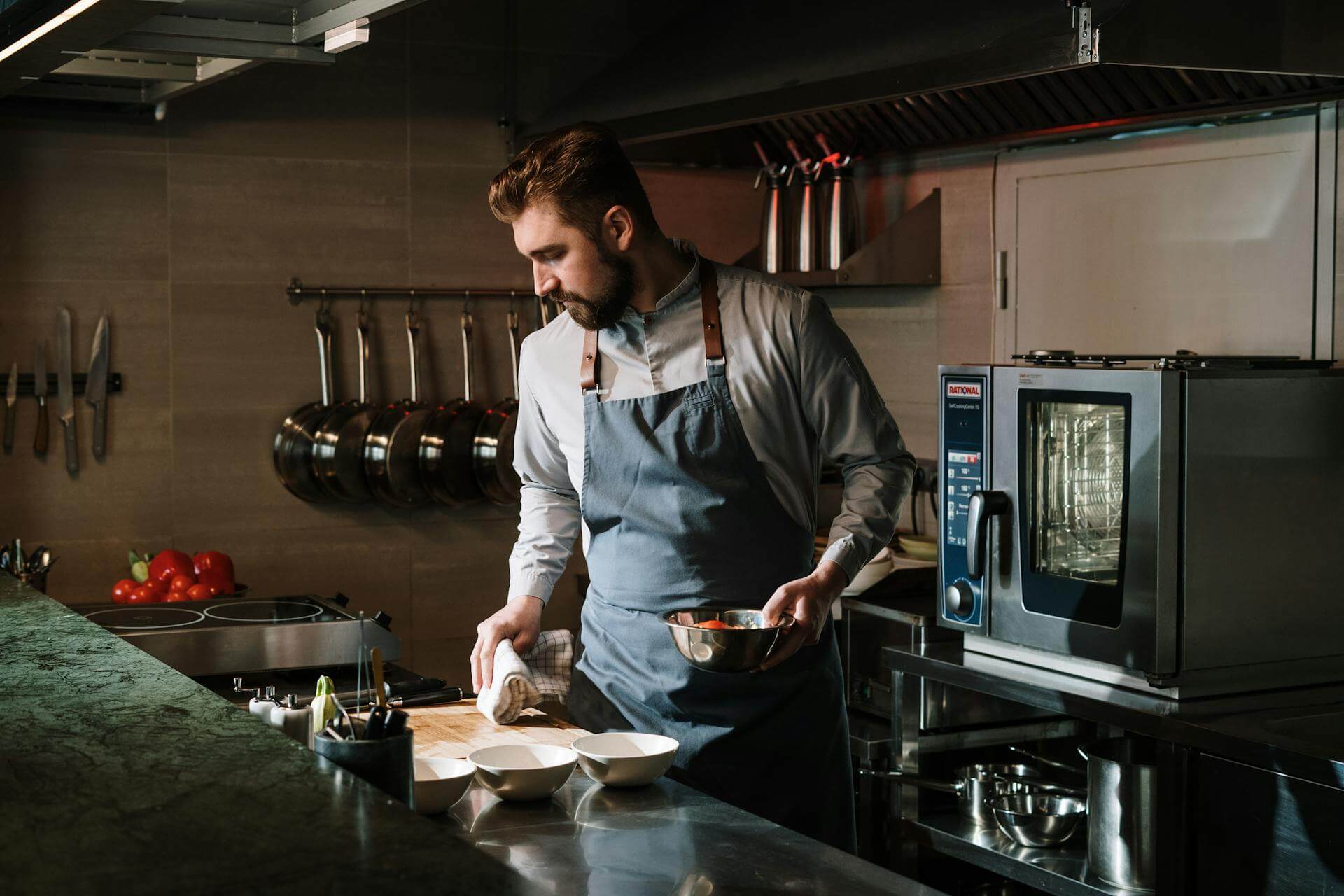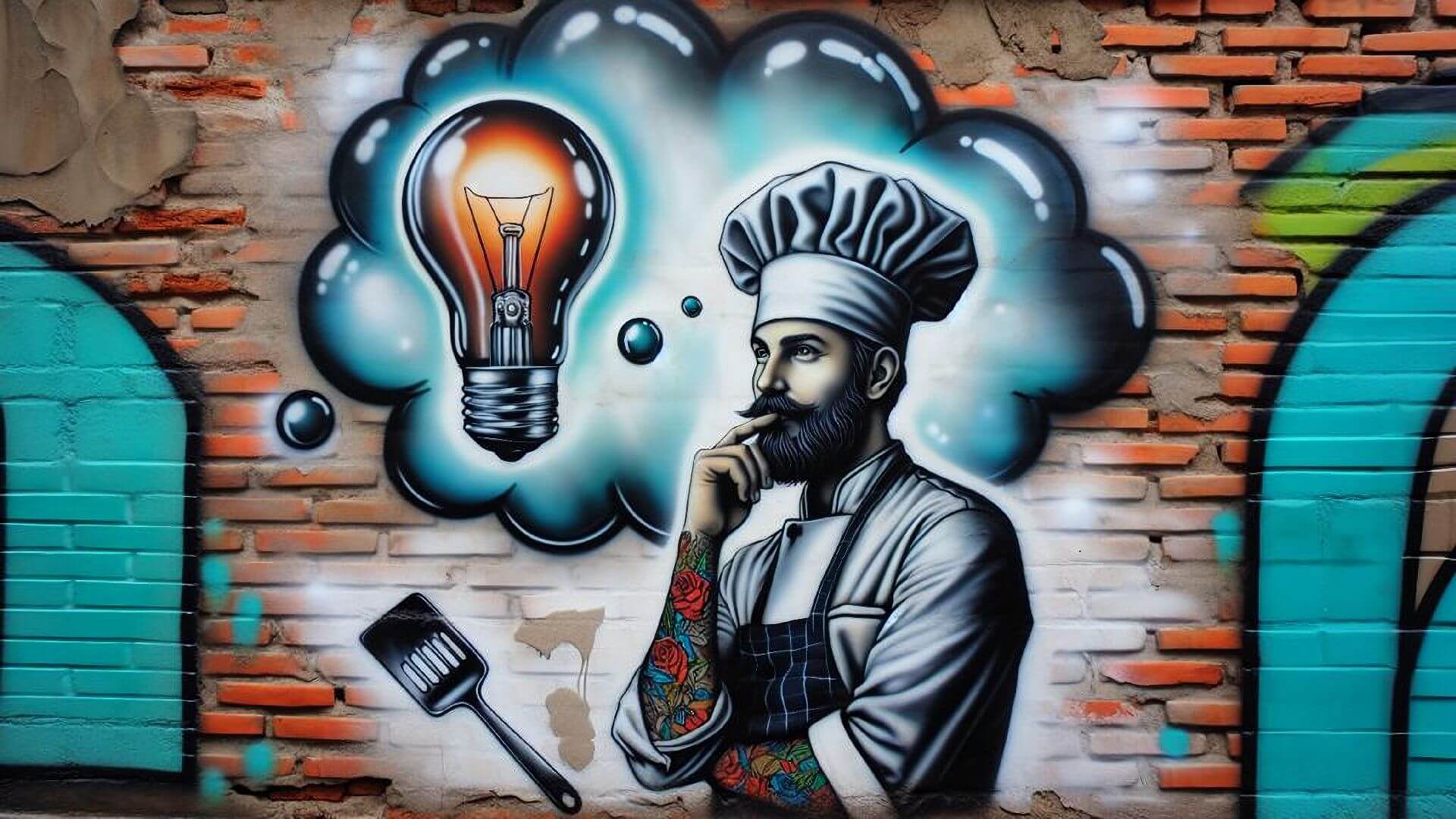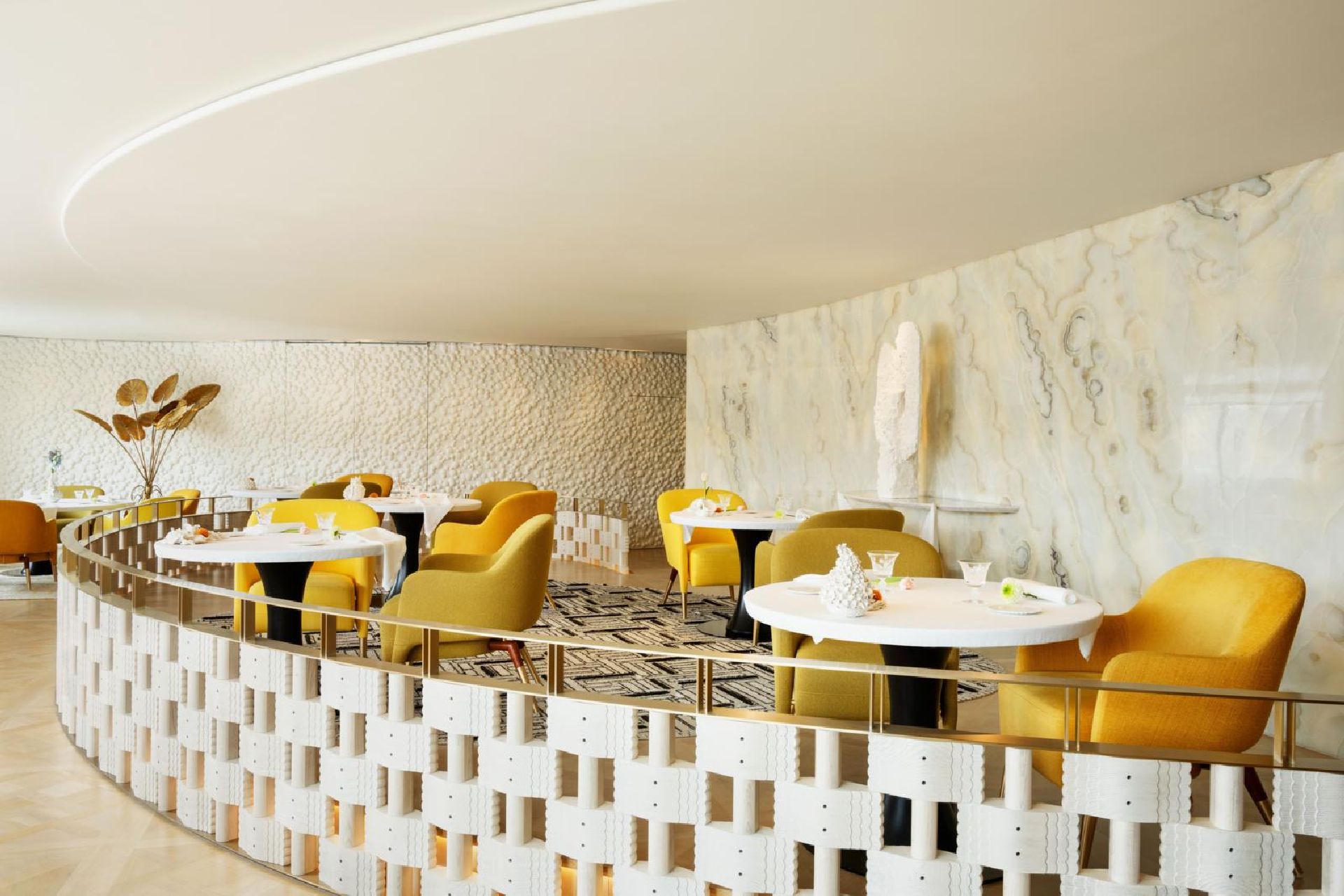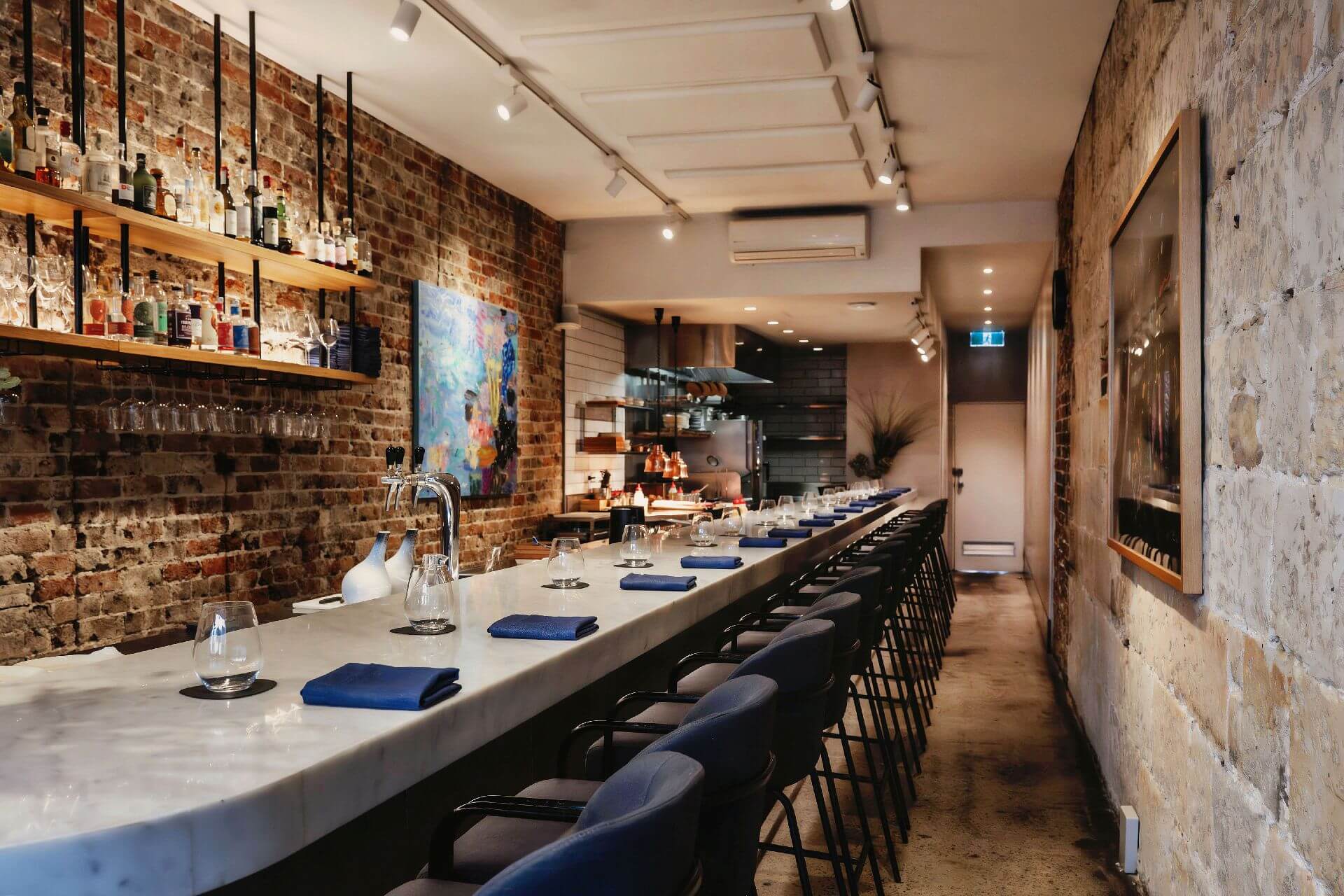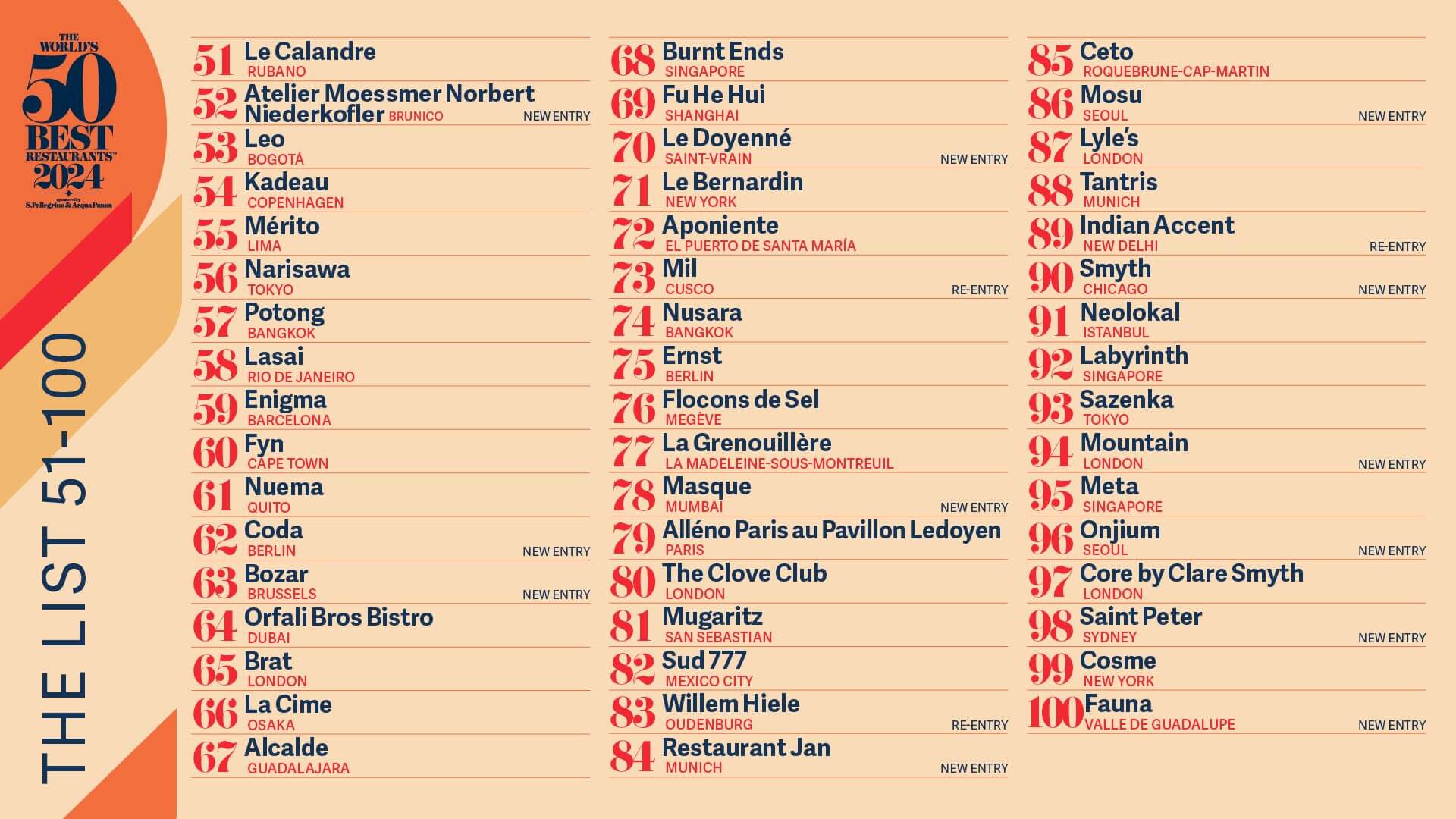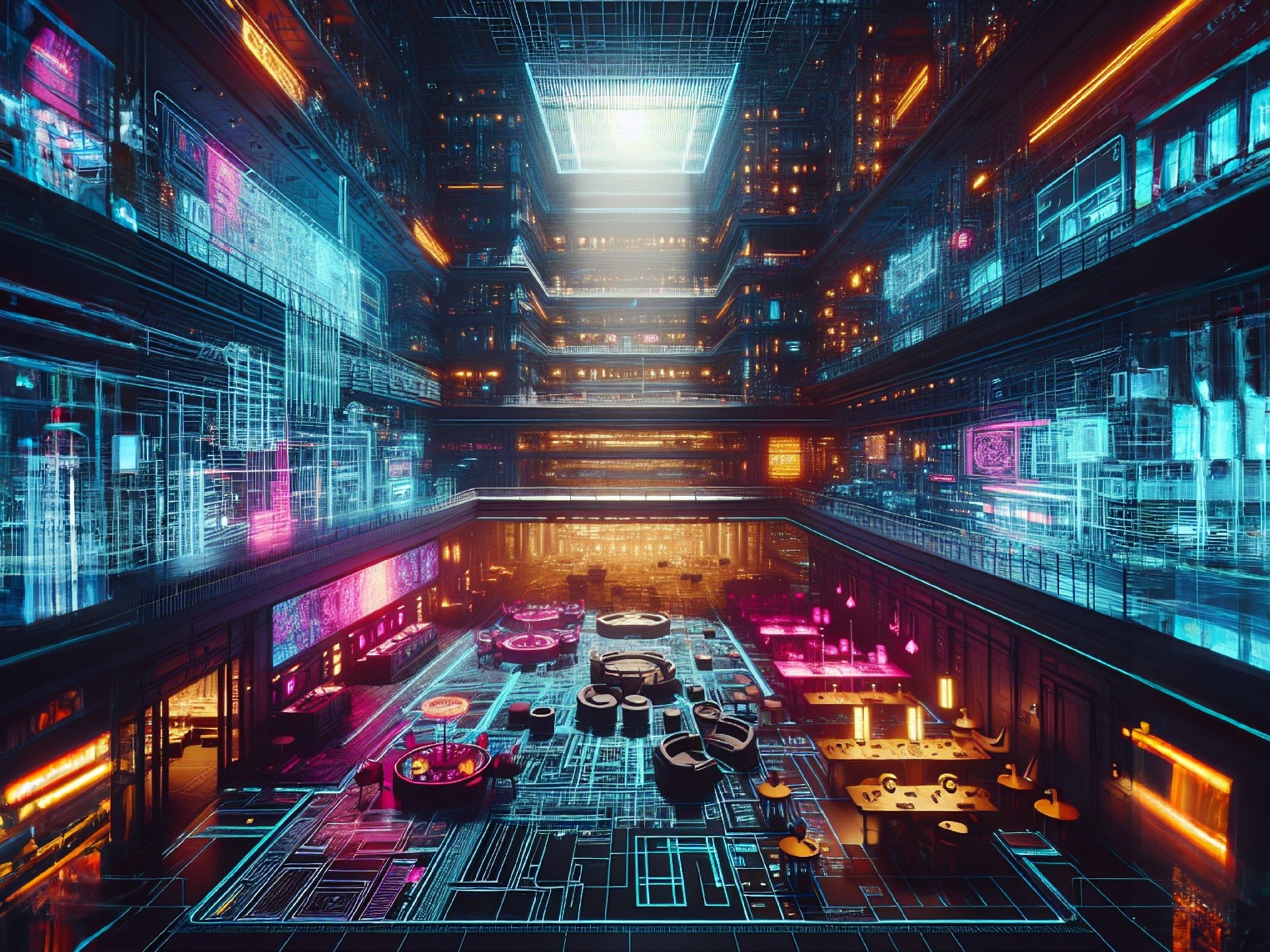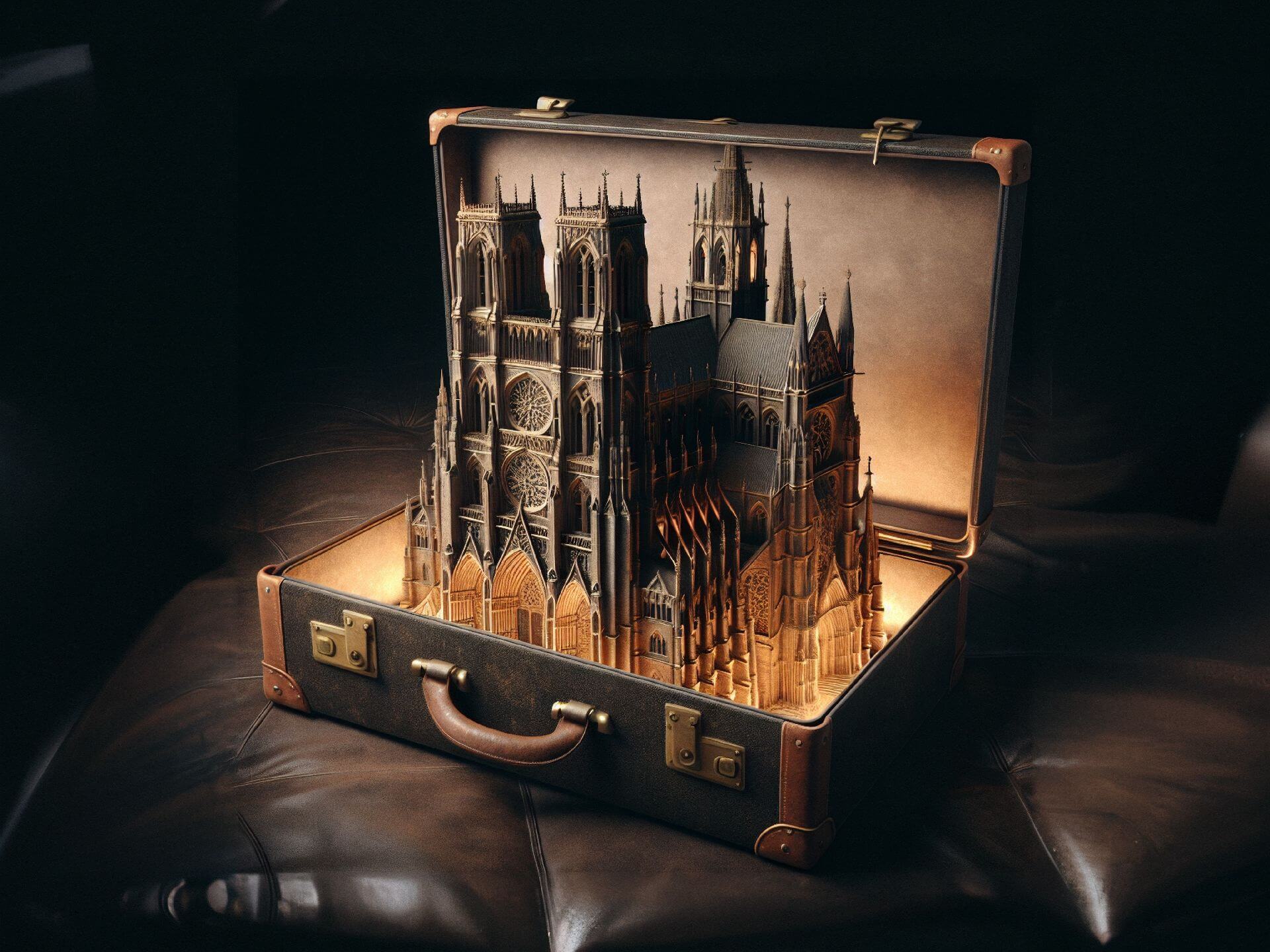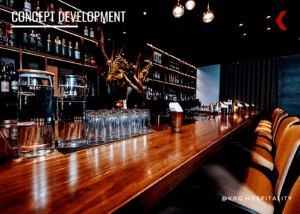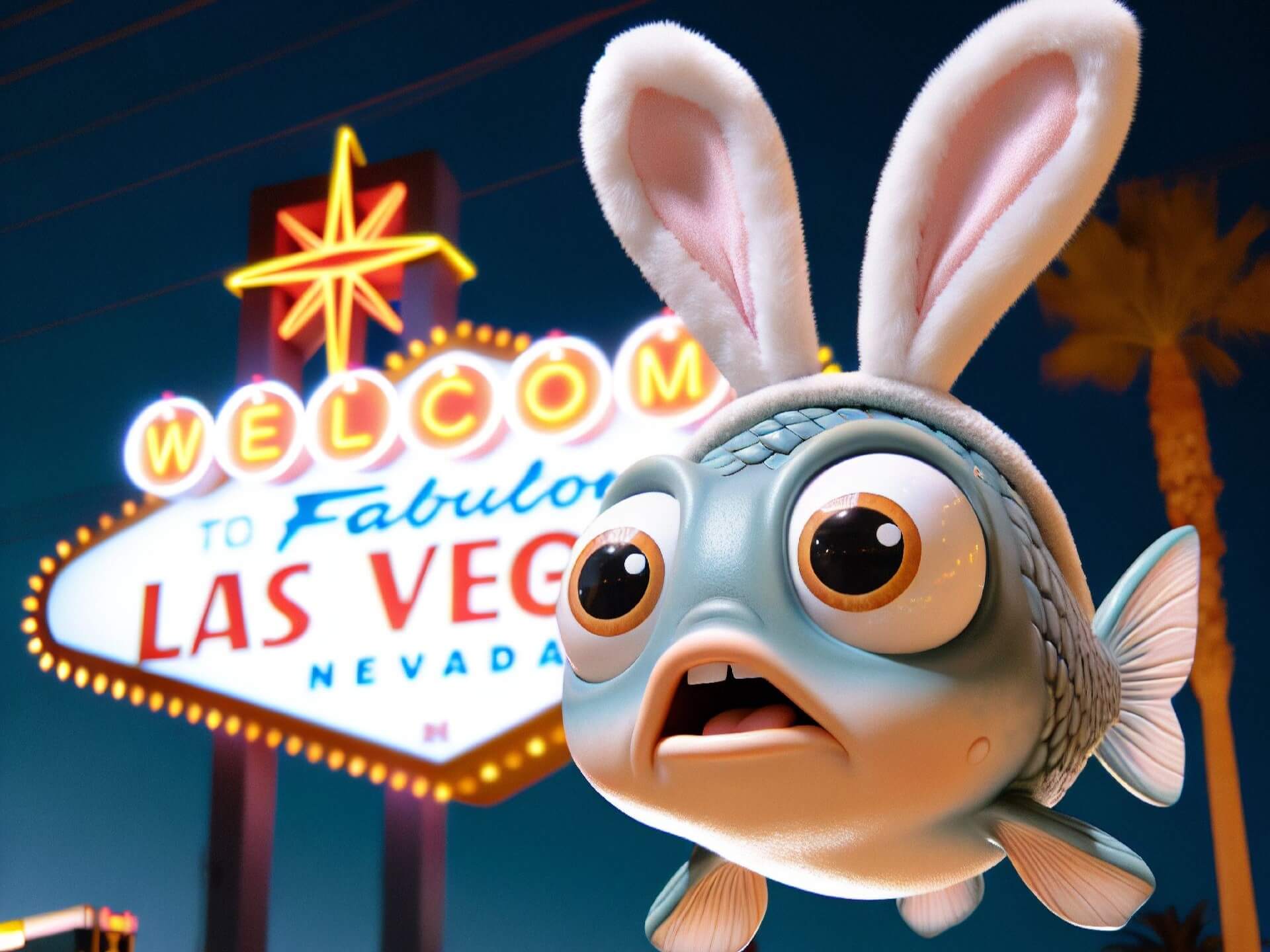Asia’s 50 Best Bars 2024 Reveals 1 to 50
by David Klemt
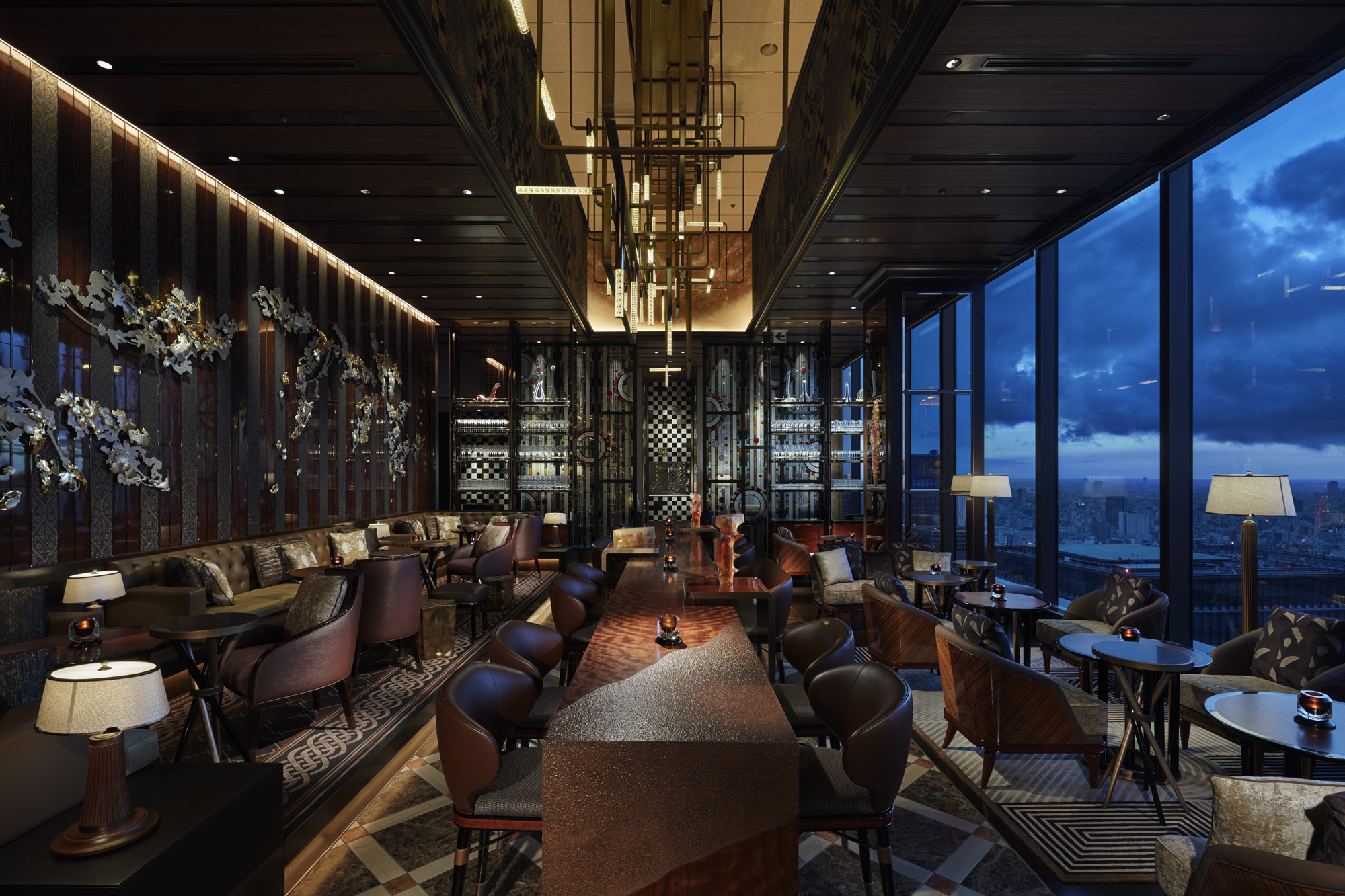
Virtù in Tokyo, Japan. Number 11 on the Asia’s 50 Best Bars 2024 list, and the winner of the Michter’s Art of Hospitality Award.
Cheers to the Best Bar in Asia, which also happens to be the Best Bar in Hong Kong, and the winner of the 2024 Disaronno Highest New Entry Award.
Connecting the dots, that means the bar that has earned the number one spot has achieved something stunning. Looking back at the previous eight editions of Asia’s 50 Best Bars, no other bar has taken the top spot on its first appearance on this list.
The top bar in Asia is taking home three awards, plus a record.
Now, let’s look back at last week’s list. In revealing the expanded ranking—bars number 51 to 100—I identified three cities that appeared to be on the rise. These are Ho Chi Minh City, Vietnam; Nara, Japan; and Tainan City, Taiwan.
I was curious as to whether any (or all) of these cities would be home to bars on the one to 50 list. While they weren’t, I think it’s only a matter of time before a bar in at least one of the cities breaks into the main list. On the topic of keeping an eye out, Dry Wave Cocktail Studio in Bangkok, Thailand, earned this year’s Campari One to Watch Award.
In perhaps unsurprising news, Singapore boasts the most bars on this year’s list, claiming 11 spots. If we were to combine all of mainland China plus special administrative regions of the People’s Republic of China, there are 15 bars to Singapore’s eleven. Seoul, South Korea, is home to five bars that earned placement this year, including Zest at number two. Bangkok, Thailand, claims four bars, with BKK Social Club landing at number seven.
Take a look at the list below to find out which bar is the best in Asia. Cheers!
Asia’s 50 Best Bars 2024: 50 to 11
- Pine & Co (Seoul, South Korea)
- Atlas (Singapore)(Rémy Martin Legend of the List Award 2024; Bareksten Best Bar Design Award 2024)
- Le Chamber (Seoul, South Korea)
- The Haflington (Hanoi, Vietnam)
- Alice (Seoul, South Korea)
- Mostly Harmless (Hong Kong, China)
- The Public House (Taipei, Taiwan)
- CMYK (Changsha, China)
- Fura (Singapore)(Ketel One Sustainable Bar Award 2024)
- Reka (Kuala Lumpur, Malaysia)
- ZLB23 (Bengaluru, India)(The Best Bar in India)
- Barc (Kathmandu, Nepal)(The Best Bar in Nepal)
- Employees Only (Singapore)
- Bar Mood (Taipei, Taiwan)
- Bar Trigona (Kuala Lumpur, Malaysia)
- Analogue Initiative (Singapore)
- The Bellwood (Tokyo, Japan)
- The Curator (Manila, Philippines)(The Best Bar in Philippines)
- Origin Bar (Singapore)
- Native (Singapore)
- Vender (Taichung, Taiwan)(The Best Bar in Taiwan)
- Smoke & Bitters (Hiriketiya, Sri Lanka)(The Best Bar in Sri Lanka)
- Craftroom (Osaka, Japan)
- Pantja (Jakarta, Indonesia)
- Quinary (Hong Kong, China)
- Offtrack (Singapore)
- Penicillin (Hong Kong, China)
- The SG Club (Tokyo, Japan)
- The St. Regis Club (Macau) (Macau, China)(The Best Bar in Macau)
- Bar Us (Bangkok, Thailand)
- Bar Cham (Seoul, South Korea)
- The Savory Project (Hong Kong, China)
- Mahaniyom Cocktail Bar (Bangkok, Thailand)
- Darkside (Hong Kong, China)
- Night Hawk (Singapore)
- Sago House (Singapore)
- Hope & Sesame (Guangzhou, China)(The Best Bar in Mainland China)
- Vesper (Bangkok, Thailand)
- The Cocktail Club (Jakarta, Indonesia)(The Best Bar in Indonesia)
- Virtù (Tokyo, Japan)(Michter’s Art of Hospitality Award 2024)
Asia’s 50 Best Bars 2024: 10 to 1
- The Aubrey (Hong Kong, China)
- Argo (Hong Kong, China)
- Penrose (Kuala Lumpur, Malaysia)(The Best Bar in Malaysia; Nikka Highest Climber Award 2024)
- BKK Social Club (Bangkok, Thailand)(The Best Bar in Thailand)
- Nutmeg & Clover (Singapore)
- Bar Benfiddich (Tokyo, Japan)(The Best Bar in Japan)
- Coa (Hong Kong, China)
- Jigger & Pony (Singapore)(The Best Bar in Singapore)
- Zest (Seoul, South Korea)(The Best Bar in Korea; Altos Bartenders’ Bartender Award 2024: Dohyung “Demie” Kim)
- Bar Leone (Hong Kong, China)(The Best Bar in Asia; The Best Bar in Hong Kong; Disaronno Highest New Entry Award 2024)
Cheers to Asia’s 50 Best Bars 2024! For more information, please review the official press release below.
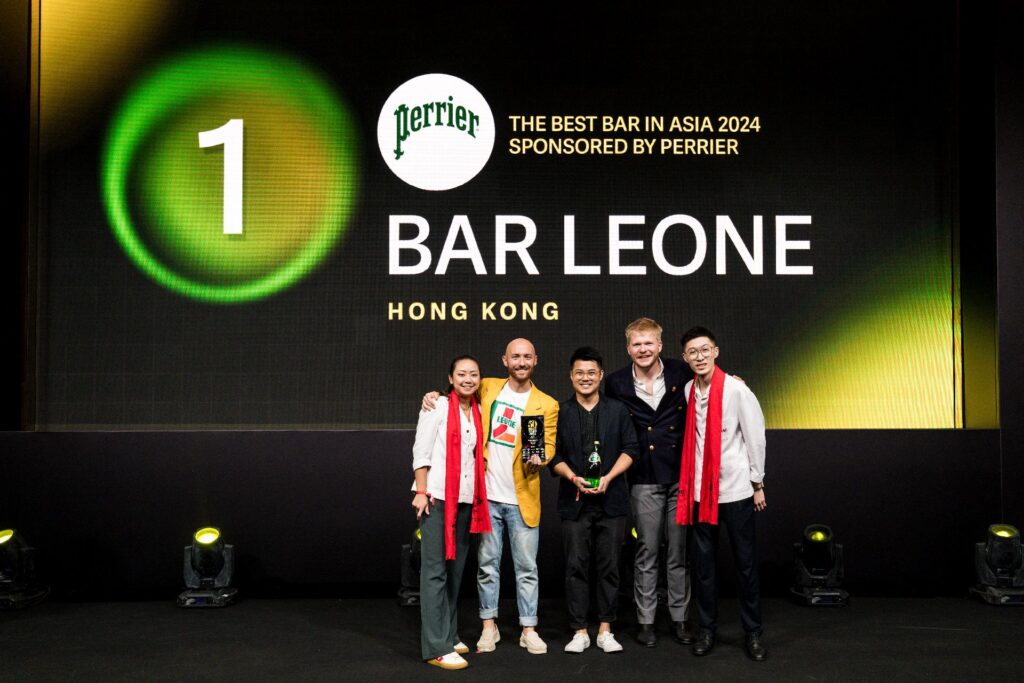
Cheers to Bar Leone!
BAR LEONE IN HONG KONG NAMED THE BEST BAR IN ASIA, SPONSORED BY PERRIER, AS THE ASIA’S 50 BEST BARS 2024 LIST IS REVEALED
The prestigious list and several special awards were announced at a live ceremony in Hong Kong, featuring bars from 18 destinations across the region
- Bar Leone ranks 1 and is named The Best Bar in Asia, sponsored by Perrier, and The Best Bar in Hong Kong
- Bar Leone also wins the Disaronno Highest New Entry Award
- The list features 15 new entries spanning 11 destinations
- Singapore leads with 11 bars on the list, as Jigger & Pony ranks No.3 and is named The Best Bar in Singapore for the fifth consecutive year
- Singapore’s Atlas wins the inaugural Bareksten Best Bar Design Award in Asia, as well as theRémy Martin Legend of the List Award
- The Savory Project in Hong Kong is the recipient of the London Essence Best New Opening Award
- Bar veteran Yangdup Lama of New Delhi’s Sidecar is awarded the Roku Industry Icon Award
- Penrose, Kuala Lumpur, is named winner of the Nikka Highest Climber Award after rising 42 places in the rankings
- New entrant Fura in Singapore takes the Ketel One Sustainable Bar Award
- Dry Wave Cocktail Studio from Bangkok receives the Campari One To Watch Award
- Nest by Pun, Taipei, takes the Siete Misterios Best Cocktail Menu Award
For the full 1-50 list, please scroll to the top of this article.
16 July 2024 – The list of Asia’s 50 Best Bars 2024, sponsored by Perrier, was announced at a live awards ceremony this evening in Hong Kong. The ceremony, hosted in collaboration with destination partner Hong Kong Tourism Board, featured bars from 18 cities across Asia, including 15 new entries, culminating in Bar Leone in Hong Kong being named The Best Bar in Asia.
Bar Leone has achieved the remarkable feat of debuting at the coveted No.1 spot, clinching The Best Bar in Hong Kong title, as well as the Disaronno Highest New Entry Award. This marks the first time in 50 Best Bars history that The Best Bar in Asia has been a new entry on the list. The one-year-old neighbourhood bar in Central, Hong Kong, founded by bartender Lorenzo Antinori, embodies the Italian ethos of ‘cocktail popolari’ or ‘cocktails for the people’. With behind-the-bar experience at Argo in Hong Kong and top bars in Seoul and London, Antinori brings expertise to a beverage programme focused on classic, approachable cocktails that are inspired by the traditional Roman bars of his home country.
The bar programme focuses on revived classics made with a low-intervention, seasonal approach, and is complemented by minimalist garnishes, like manicured citrus peels and quality olives. The relaxed and fun vibe mirrors Lorenzo’s playful personality, with decor featuring burnt orange banquettes, a mahogany bar, church candles, Italy-themed posters, a 70s-80s Italian pop soundtrack and personal knick-knacks – all of which combine to create a space that feels both homely and high end.
Emma Sleight, Head of Content for Asia’s 50 Best Bars, says: “We are thrilled to be back in Hong Kong celebrating Asia’s vibrant bar community. The region’s bars continuously redefine exceptional drinking experiences, showcased by the talent and creativity at this year’s winning establishments. With 15 new entries, the list is bound to entice and excite even seasoned cocktail enthusiasts. Huge congratulations to the tour de force that is Lorenzo Antinori and the whole team at Bar Leone for the impressive – and previously unheard of – feat of entering the ranking at No.1. This is undoubtedly a strong testament to the bar’s irreverent and casual approach to cocktails, design, service and hospitality.”
At No.2 is the intimate low-waste bar, Zest in Seoul, which has ascended three spots, making it The Best Bar in Korea. A consistent presence in the top five is Jigger & Pony in Singapore at No.3, making it The Best Bar in Singapore for the fifth year running. Last year’s top spot holder, Coa, comes in at No.4, and No.5 is Tokyo’s Bar Benfiddich, which takes the title of The Best Bar in Japan.
Destination Success Stories
A total of 15 bars from Mainland China, Hong Kong, Macau and Taiwan made the list this year, while Hong Kong leads the region with nine spots, with Coa at No.4 and Argo at No.9. The 25th-floor izakaya with sweeping views of Victoria Harbour, The Aubrey, has risen seven spots to No.10. Darkside comes in at No.17 and new entrant The Savory Project debuts at No.19. Penicillin rises two places to No.24, while Quinary climbs five spots to No.26 and Mostly Harmless rounds off Hong Kong’s showing at No.45.
From Taichung, the vending machine-themed craft cocktail den, Vender, climbs 11 places to No.30, earning the title of The Best Bar in Taiwan. In Taipei, Bar Mood re-enters the rankings at No.37, while The Public House is at No.44. Guangzhou’s Hope & Sesame, a technique-driven speakeasy, is now at No.14, ascending 25 spots and holding onto The Best Bar in Mainland China title. CMYK from Changsha debuts at No.43, where award-winning bartender Ethan Liu has created a high-energy, multi-room drinking den inside an old residential building. This also marks Changsha’s first appearance in the rankings. Additionally, The St. Regis Bar at No.22 is Macau’s sole representative and is named The Best Bar in Macau.
Singapore tops the rankings with 11 coveted spots: alongside Jigger & Pony (No.3), Nutmeg & Clove, founded by bar veteran and former Roku Industry Icon winner Colin Chia, rises to No.6. Sago House follows at No.15, while new entrant Night Hawk debuts at No.16. Offtrack, another new entry at No.25, offers a music-focused drinks experience with local DJs and lesser-known classic cocktails.
Native climbs 11 places to No.31, and Origin, another new entrant at No.32, features interiors resembling an old-school train station with cocktails themed around the city’s five districts. Analogue Initiative is at No.35, followed by Employees Only at No.38. Newcomer Fura comes in at No.42, while Atlas rounds-off Singapore’s showing at No.49.
Bars from Seoul secured five positions on the list, led by Zest at No.2, making it The Best Bar in Korea. Sustainability-forward Zest is helmed by Dohyung ‘Demie’ Kim alongside Korean bartending stalwarts Sean Woo, Jisu Park and Noah Kwon. Bar Cham is at No.20, followed by Alice at No.46 and Le Chamber at No.48. Closing the list at No.50 is new entrant Pine & Co, a bar resembling a scientist’s R&D lab, known for its future-forward cocktails.
In Japan, Tokyo’s Bar Benfiddich secures the No.5 spot, maintaining its title as The Best Bar in Japan for the third consecutive year. Following closely is Virtù which climbs nine places to No.11, The SG Club takes No.23, while The Bellwood has surged 15 places to No.34. Hailing from Osaka, newcomer Craftroom debuts at No.28. This petite, six-seater bar, led by revered bartender Ryu Fujii, offers classic cocktails within a seasonally changing menu.
Bangkok also holds five spots on the list, with BKK Social Club leading the pack at No.7, also earning the title of The Best Bar in Thailand. Vesper follows at No.13, while the funky, fun and immersive Mahaniyom Cocktail Bar climbs four spots to No.18. Finally, new entrant Bar Us debuts impressively at No.21, offering a high-concept ‘drinking room’ with all-black interiors and bartenders sporting freshly-pressed white lab coats.
Penrose in Kuala Lumpur makes an impressive climb of 42 places to reach No.8, earning the title of The Best Bar in Malaysia and earning the Nikka Highest Climber Award 2024. Also hailing from Kuala Lumpur, Bar Trigona maintains its position at No.36 while newcomer Reka, a self-proclaimed ‘post- modern flavour lab’, enters the list at No.41. Indonesia is represented by two bars from Jakarta: The Cocktail Club ascends seven spots to claim No.12 and secures the title of The Best Bar in Indonesia, followed by Pantja, which enjoys a two-spot hike to No.27.
India is represented on the list by Bengaluru’s ZLB23 at No.40. This newcomer claims the title of The Best Bar in India, serving prohibition-style cocktails in a venue accessed through a secret entrance hidden within a working kitchen. Hiriketiya’s Smoke & Bitters climbs 11 places to No.29 and is crowned The Best Bar in Sri Lanka. From Kathmandu, Barc debuts at No.39 as The Best Bar in Nepal, offering an upmarket, elegant space accompanied by a sophisticated selection of cocktails. Manila’s The Curator ascends one spot to No.33, earning the title of The Best Bar in the Philippines.
Meanwhile, Hanoi’s The Haflington enters the list at No.47 – this immersive, vintage-themed space offers an adventurous cocktail menu inspired by The Jungle Book, securing the title of The Best Bar in Vietnam.
Special Awards
Dry Wave Cocktail Studio, Bangkok (No.73 on the 51-100 list), has won the Campari One To Watch Award, hand-picked by the 50 Best team as a bar that it feels has the potential to break into the 1-50 list in the future. Dry Wave Cocktail Studio runs a stellar beverage programme of classic and creative libations, led by veteran bartender-owner Supawit ‘Palm’ Muttarattana, who formerly helmed Vesper (No.12 on Asia’s 50 Best Bars 2023 and No.55 on The World’s 50 Best Bars 2023).
Bartender, entrepreneur and author Yangdup Lama has been crowned the Roku Industry Icon 2024.
Owner of New Delhi’s Sidecar, Lama is a legendary figure in the industry and the subcontinent’s leading mixologist. Under his leadership, Sidecar has earned several placements in Asia’s and The World’s 50 Best Bars rankings. Lama inspires with his creative cocktails and advocacy for regional ingredients, and as a mentor and trainer, he proudly showcases India’s bartending talent on the global stage.
Singapore’s Atlas (No.49), a jazz-age-inspired gin bar, has been honoured with the Rémy Martin Legend of the List Award, recognising an establishment that has consistently performed well in the rankings since the list’s inception in 2016. It is a double win for Atlas this year, as it also receives the inaugural Bareksten Best Bar Design Award in Asia for its spectacular art deco style and a 15-metre-tall gin tower housing around 900 labels. This new accolade celebrates bars with thoughtful designs emphasising accessibility, sustainability and market appropriateness.
The Savory Project, Hong Kong, is awarded the London Essence Best New Opening Award and enters the list at No.19. Founded by the award-winning team behind former top spot holder Coa, this newcomer spotlights craft cocktails with savoury and umami notes made with unorthodox ingredients.
Fura (No.42) in Singapore wins the Ketel One Sustainable Bar Award for its groundbreaking, low-carbon footprint cocktails, circular ethos and commitment to low-waste practices. Fura exclusively uses local ingredients in its drinks, highlighting its dedication to a sustainable beverage programme.
The Siete Misterios Best Cocktail Menu award goes to Nest by Pun in Taipei. This reservations-only speakeasy features a thematic menu reflecting its bee and honeycomb design elements, enhancing its mysterious charm. The menu is thoughtfully crafted to help patrons narrow down their drink choices based on preferred ingredients and flavour profiles. Guests can expect not only cocktail mastery, but also a captivating storytelling experience.
Pre-announced special award winners that accepted their accolades at the live awards ceremony include Virtù in Tokyo, winner of the Michter’s Art of Hospitality Award, and Dohyung ‘Demie’ Kim from Seoul, winner of the Altos Bartenders’ Bartender Award.
The Asia’s 50 Best Bars 2024 awards ceremony was streamed live and is available to view on The
World’s 50 Best Bars Facebook and 50 Best Bars TV YouTube Channel.
Voting Process
50 Best works with professional services consultancy Deloitte as its official independent adjudication partner to help protect the integrity and authenticity of the voting process and the resulting list of Asia’s 50 Best Bars 2024. See more details on the Asia’s 50 Best Bars voting process here.
About Asia’s 50 Best Bars
Asia’s 50 Best Bars is the first regional event of The World’s 50 Best Bars brand, created in 2016 with the purpose of showcasing the best and most innovative talent in the drinks industry in this region. The annual ranking is based on the votes of the Asia’s 50 Best Bars Academy, comprising the most knowledgeable and travelled members of the bar industry, drinks media and mixology experts from across Asia. The Academy spans dozens of cities across the continent, reflecting the relative development and importance of bar scenes in different locations and the diversity of the drinking scene in Asia. Asia’s 50 Best Bars, The World’s 50 Best Bars and North America’s 50 Best Bars are owned and organised by William Reed, the group behind The World’s 50 Best Restaurants and The World’s 50 Best Hotels.
About the host destination partner: Hong Kong Tourism Board
The Hong Kong Tourism Board (HKTB) is a Government-subvented body. Operating 15 offices around the world and representative offices in seven different markets, its primary mission is to maximise the social and economic contribution that tourism makes to the community of Hong Kong, and consolidate the city’s position as a world- class destination. The HKTB works closely with the Government, travel industry and other partners to promote Hong Kong worldwide, widen the range of tourism products and elevate service standards, as well as enhance the experiences of visitors during their stay.
For more details on Asia’s 50 Best Bars and selection process, please visit:
https://www.worlds50bestbars.com/asia/
Our Partners:
- Hong Kong Tourism Board – Official Host Partner
- Perrier – Official Water Partner; sponsor of The Best Bar in Asia
- Michter’s – Official American Whiskey Partner; sponsor of Michter’s Art of Hospitality Award
- Nikka Whisky – Official Whisky of the World Partner; sponsor of Nikka Highest Climber Award and The Best Bar in Malaysia
- Ketel One – Official Vodka Partner; sponsor of Ketel One Sustainable Bar Award
- Siete Misterios – Official Mezcal Partner; sponsor of Siete Misterios Best Cocktail Menu Award
- The London Essence – Official Mixers Partner; sponsor of London Essence Best New Opening Award
- Disaronno – Official Italian Liqueur Partner; sponsor of Disaronno Highest New Entry Award
- Roku Gin – Official Gin Partner; sponsor of Roku Industry Icon Award
- Altos Tequila – Official Tequila Partner; sponsor of Altos Bartenders’ Bartender
- Matusalem – Official Rum Partner; sponsor of The Best Bar in Mainland China and ceremonial scarves
- Naked Malt – Official Scotch Whisky Partner; sponsor of The Best Bar in Korea
- Rémy Martin – Official Cognac Partner; sponsor of Rémy Martin Legend of the List
- Campari – Official Bitters Partner; sponsor of Campari One To Watch Award
- Mancino Vermouth – Official Vermouth Partner; sponsor of The Best Bar in Taiwan and ceremonial shakers
- Amaro Lucano – Official Amaro Partner; sponsor of The Best Bar in Indonesia and ceremonial shakers
- Tia Maria – Official Coffee Liqueur Partner; sponsor of The Best Bar in Singapore
- Torres Brandy – Official Brandy Partner; sponsor of The Best Bar in Japan
- Scrappy’s Bitters – Official Cocktail Bitters Partner; sponsor of The Best Bar in Thailand
- Bareksten – Official Aquavit Partner; sponsor of Bareksten Best Bar Design Award
- Rosewood Hong Kong – Official Hotel and Venue Partner
- The Ritz-Carlton Hong Kong – Official Hotel and Venue Partner
- Aqua Hong Kong – Official Venue Partner
Images courtesy of Asia’s 50 Best Bars/The World’s 50 Best

